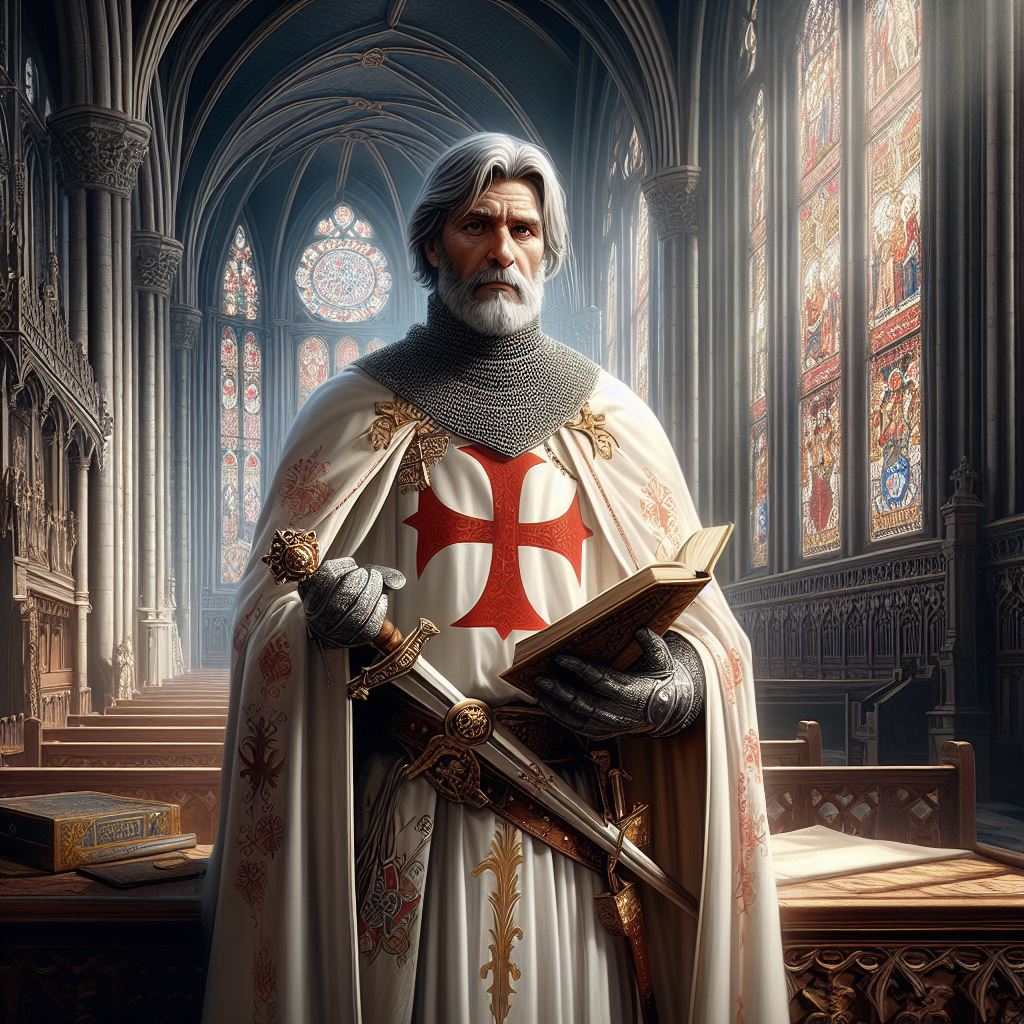The History of Jacques DeMolay and the Knights Templar
Jacques DeMolay, the person after whom the Order of DeMolay is named, was likely born in Molay, Haute-Saône, Burgundy, around 1244. At 21, he joined the Knights Templar.
The Knights Templar, endorsed by the Roman Catholic Church in 1128, protected the route between Jerusalem and Acre. They were known for their bravery during the Crusades and became very popular and wealthy, attracting many young nobles.
Jacques DeMolay became the last Grand Master of the Knights Templar in 1292. He faced many challenges as the Crusades were failing and the Saracens had taken key places. The Knights Templar and the Hospitalers stayed to fight the Saracens. They moved to Cyprus to try to gain support for another Crusade but instead faced opposition from influential lords who wanted their wealth.
In 1305, King Philip the Fair of France tried to take control of the Knights Templar to increase his power and wealth. In 1307, the Knights Templar were persecuted; Jacques DeMolay and many others were captured and imprisoned. They suffered seven years of torture and harsh conditions. Eventually, King Philip forced Pope Clement to condemn the Knights Templar.


